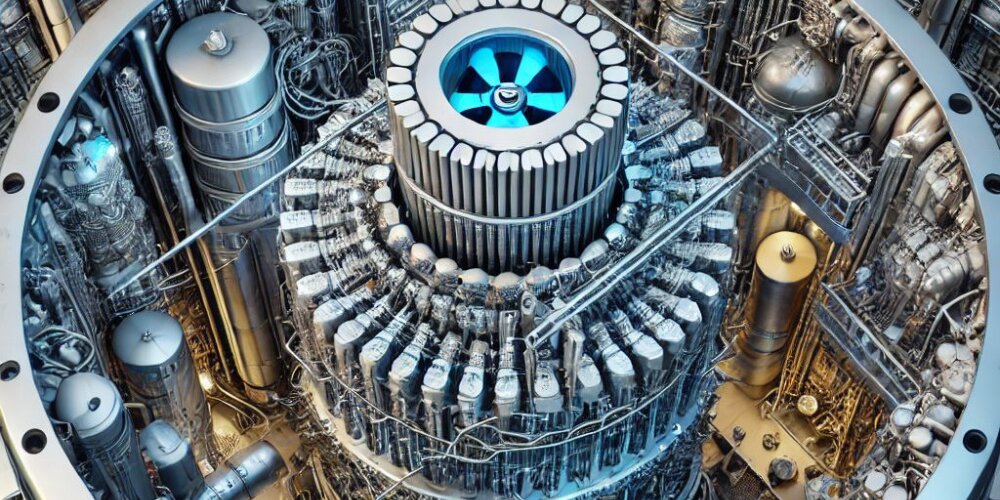Browse our services
Explore how Brookes Bell can help you
Find an expert
Meet our team, find and expert and connect
Contact us
Get in touch, we're here to help

Could nuclear power one day be a mainstream type of propulsion for container ships? The answer could be ‘yes’ if Norway’s NuProShip (Nuclear Propulsion in Shipping) project is a success. The project is currently transitioning into its second stage having completed the first stage which examined Generation IV reactors.
The NuProShip project is a collaborative project between the Norwegian Maritime Administration, VARD, the Norwegian University of Science and Technology, ship owner Knutsen Tankers, and Spanish nuclear consultancy firm IDOM.
The project’s ultimate aim is to develop a commercially-viable nuclear zero-emission technology for deep-sea ships.
The first phase, which concluded at the end of 2024, examined the feasibility of various Generation IV reactors with a power generation capacity of between 25 and 55 MW. There was an extensive assessment of concepts from 99 different companies before three reactor types were selected for future study.
So, what are these reactor types?
Of the three, two reactors use TRISO fuel particles which are claimed to be one of the safest, most resilient nuclear fuel types currently available. Of the two TRISO-fuelled reactors one is a high-temperature molten salt reactor, whilst the other is a helium-cooled gas reactor. The former of these reactors has been developed by Kairos Power of the USA. The latter reactor type has been developed by Ultrasafe - also of the USA.
The third reactor under study is a lead-cooled reactor concept utilising uranium oxide as fuel, offering high efficiency with advanced cooling mechanisms.
In the second phase of the NuProShip project, the three reactors will be analysed for their feasibility, safety, costs, waste and other factors.
Several insurance companies are also expected to be involved in the second stage of the project as they assess the risk profiles of the reactors.
A third phase of the project will see the development and testing of a nuclear propulsion prototype. This third phase will also examine the risks and future development needs that will have to be met to further nuclear propulsion in shipping.
As we’ve written previously, recent years have seen the shipping industry taking tentative steps into nuclear-powered propulsion, with Lloyd’s Register recently undertaking an assessment study ‘on the regulatory feasibility and frameworks that would need to be established for a nuclear container ship using a fourth-generation reactor to undertake cargo operations’.
If you want to explore the very latest developments in vessel design and naval architecture more generally, then look no further than Brookes Bell.
Our experienced naval architects can assist you in a variety of fields including (but not limited to); ship design, class and regulatory compliance, structural analysis and design, advice on new build compliance and more.
For more maritime industry insights, news and information, read the Brookes Bell News and Knowledge Hub…
Report: 400+ Hydrogen Carriers Will Be Needed by 2050 | NYK to Conduct Long-Term Trials of Biofuels | First Hydrofoiling Electric High-Speed Ferry to Launch in UK